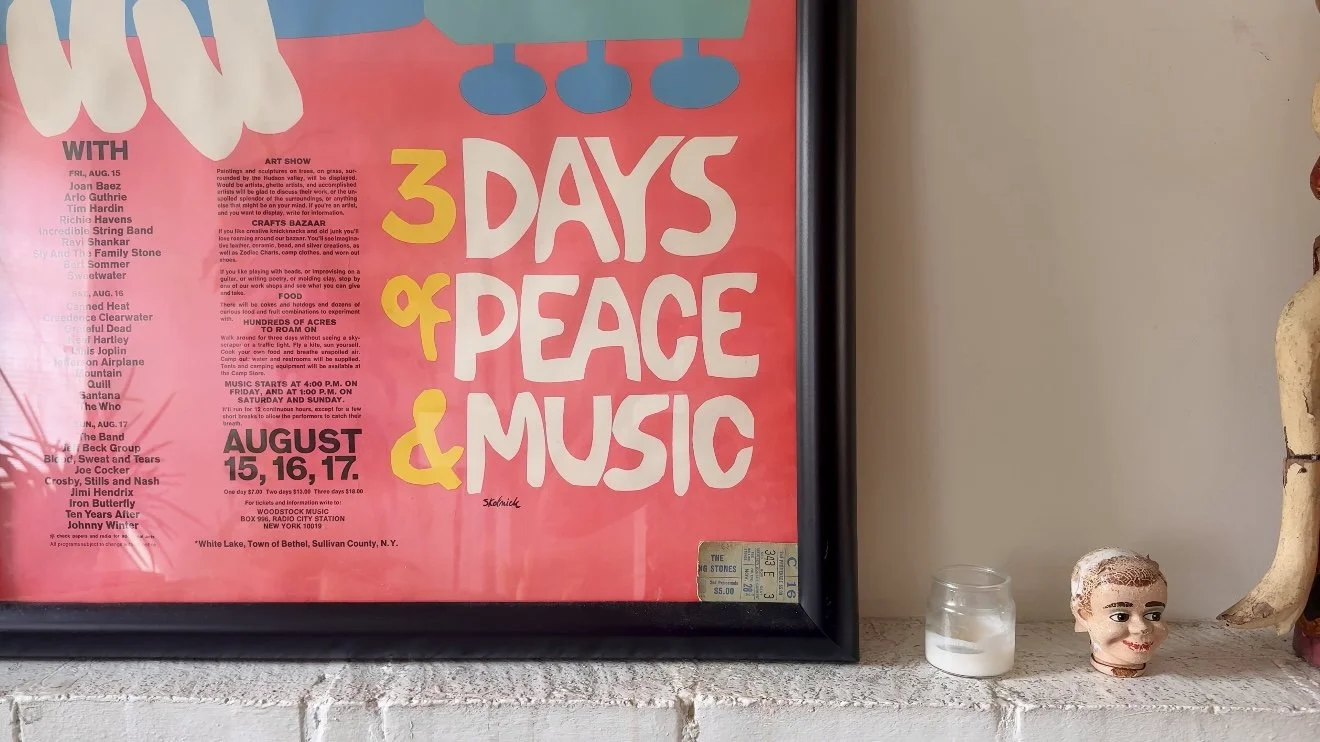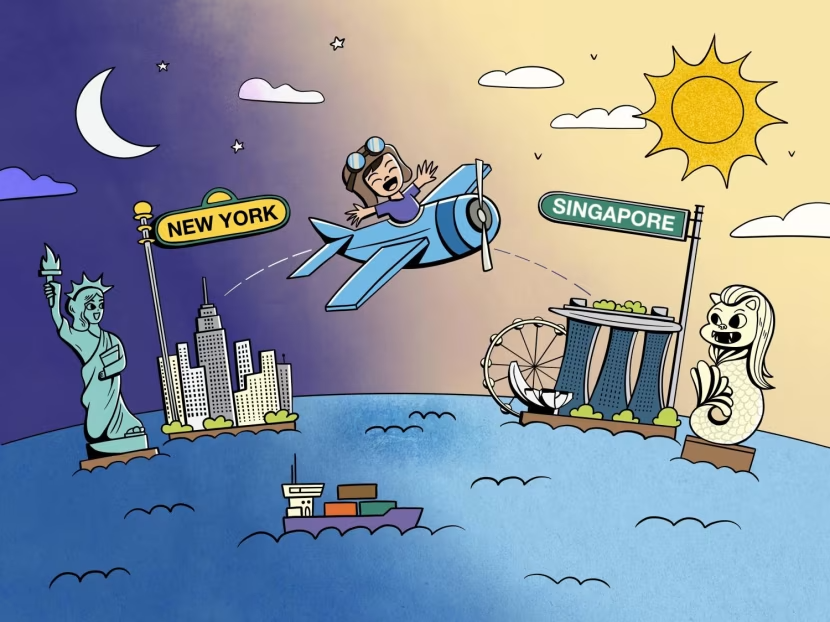She’s Still Marching
A lifetime of activism from Woodstock
to the Upper West Side
Written for NYU SPS’s Multimedia Storytelling class
A Fixture on the Block
Gail Dubov has lived on the Upper West Side for close to 40 years.
In that time, she’s become a recognizable presence—part neighbor, part organizer, and part storyteller.
“It’s a wonderful neighborhood,” she says, reflecting on the place she’s called home for decades. “There’s a real sense of community.”
Now retired from her career as an art director at a major publishing company, Dubov keeps a social calendar that rivals that of someone half her age. As president of the Block Association, she stays closely attuned to the rhythms of her street—chatting up neighbors, organizing events, always in the loop. She also works as a freelance travel journalist, with a particular focus on destinations rich in Jewish heritage.
Her apartment, a modest two-bedroom in a prewar building just a block from Riverside Park, tells its own story.
The first thing visitors see when they walk through the front door is a faded Woodstock poster above the fireplace—a relic from the summer of ’69, and a symbol of the ideals that have shaped her life.
“I remember watching the horrors of the Vietnam War on television—we all knew someone who had gone, and we felt it was deeply unjust,” she says.
At Woodstock, she experienced a sense of collective purpose for the first time in her life.
“Everyone was united by a shared vision of working to make the world a peaceful place,” she says. One image remains especially vivid: an elderly Jewish couple standing outside their home for hours, offering tea to anyone passing by. “It was such a small act,” she reflects, “but it captured the spirit of that moment.”
The Long Fight for Justice
From the Vietnam War protests to the Women’s March to the recent No King’s rally, Dubov has taken to the streets time and again. Her commitment has never wavered. For her, it is not just political—it’s spiritual.
In Judaism, she explains, there’s a principle called tikkun olam—the idea of repairing the world.
“It’s about our responsibility as individuals to improve the world, right the wrongs, and take action when action is needed,” she elaborates. It’s a value she holds close, and one that has long compelled her to speak out and stand up for justice.
Each morning, Dubov reads The New York Times to stay informed about what’s happening in the world.
Reflecting on recent political developments, she is blunt: “[Trump] feeds into a level of society that has always been bigoted and he’s giving them permission to come out from under the rock, and we have to support what’s right and make our voices heard.”
She believes the country has reached an inflection point–one that demands visible, collective resistance.
“Stand up, shout out, and make it known to the world,” she urges.
Still, in the weeks leading up to the nationwide No Kings rallies, Dubov began to question whether any of it would make a difference.
The relentless tide of bad news, including the erosion of democratic norms, the capitulation to the administration, and the cruelty of its policies, was starting to wear her down.
"It feels good when you have tens of thousands of people marching for the same cause,” she said, “but will it have an effect?” I'm not sure if it will."
But marching down Fifth Avenue alongside 75,000 others on a cold, rainy day, carrying her handmade sign, “We the People Serve No Kings,” Dubov felt something shift.
Around her, young families pushed strollers next to elderly attendees with walkers. She was carried by the swell of the crowd, buoyed by its size, its purpose, and its energy.
In that moment, her doubts lifted.
She saw clearly that a new generation was stepping forward, carrying their own signs into the streets. And she felt what she hadn’t in a long time: hope.
Next, Dubov heads up to the rooftop garden to tend to her plants, most of them gifts from friends and neighbors. Gardening has become part of her daily routine, a meditative practice she began during the pandemic and has maintained ever since.
She nestles her freshly re-inked sign behind a pot of lavender, letting it rest gently among the blooms.
“There’s something kind of hopeful about it,” she observes. “Letting it grow there.”
It’s a quiet act, but for Dubov, it's also a reminder that peace, like change, begins in small, deliberate gestures.
Still Marching, Still Believing
Preparing for another protest, Dubov retrieves her sign from the closet. She brushes dust from its edges, retraces a few letters with her markers, and pauses—remembering past marches, past signs, past versions of herself.
“I’m still a flower child,” she says. “I still believe in world peace. I still believe we are all brothers and sisters.”
Even though it is easy to feel overwhelmed by the headlines, Dubov insists that despair is not an option. Not when there is still something left to fight for.
“I think that the only way to survive each day when there's one unbelievable atrocity occurring after another,” she asserts, her voice steady, “is to speak up—for social justice, for the common good, and for democracy. I don't see any other way."
Five and a half decades after Woodstock, Dubov remains a flower child at heart.
Her ideals have not faded with time; they have only deepened with conviction. And she keeps planting seeds of peace in the world around her.
It was never just about the music or the marches. It was about believing your voice mattered—and knowing it still does.
And so, she's still marching.
With gratitude to Gail for her time and presence



